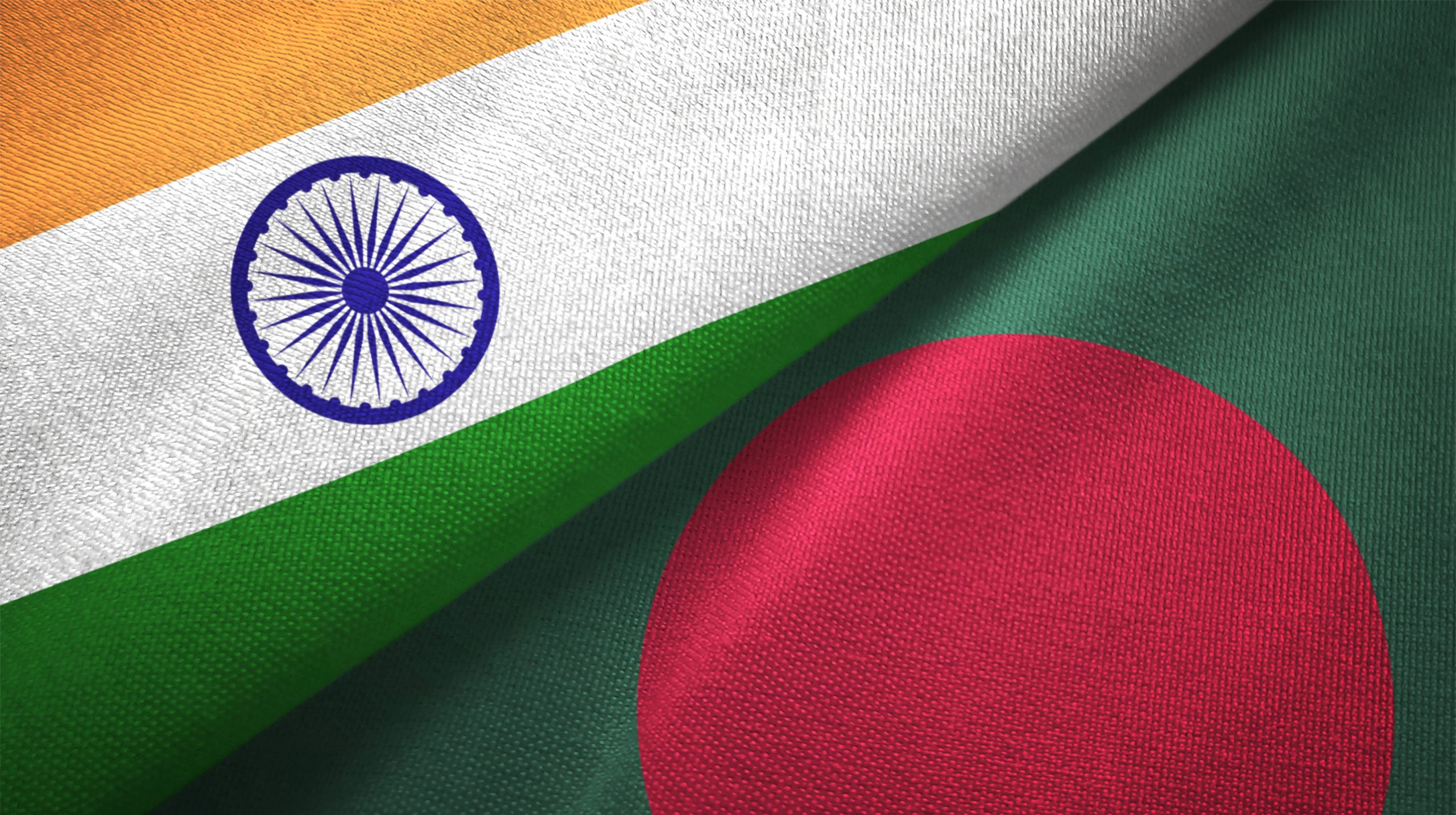
INDUS WATER TREATY (IWT) – TIME TO REVIEW OUT DATED TREATY

Indus Water Treaty (IWT), often heralded as the most resilient water sharing treaty between coriparian states, having survived three and a half wars and three decades of proxy war is in precarious state. The annual meetings between Indus Water Commissioners have become infrequent, since 2016 due to diplomatic freeze in aftermath of Uri-Pulwama-Balakot incidents. In a very significant move India in Jan 2021, sought review of the Treaty due to unforeseen and fundamental changes in circumstances.
India has also been boycotting somewhat puzzling, concurrent proceedings of Court of Arbitration (CoA), since Sept 2023. The process of dispute resolution has been rendered meaningless due to obscurantist filibustering by Pakistan with her incessant technical objections. The last nail is Pakistan resorting to parallel process of CoA, even when issue is under examination by neutral expert, which India is attending. Recently, delegation visited to sites was facilitated by India. On 30 Aug, India has now served formal notice under Article XII (3), asking for review of this 64-year-old treaty, which seems to have not only outlived its purpose but has also been weaponised by Pakistan to block India’s efforts to utilise her mandated share of water.
Unforeseen and Fundamental Changes-
India Facing Water Stress India has the lowest per capita freshwater availability globally and suffers looming water stress due to unforeseen factors. These include climate change and demographic dynamics. Global warming has triggered receding of glaciers, scanty snowfall, changes in rainfall pattern and distribution, flooding and increased frequency of natural disasters. In addition, there have been influx of population in river basins, change in land holdings, increased demands for irrigation, spurt in livelihood and industrial activity. The latest is humongous requirement of clean, fresh water for silicon chip fabrication. Reportedly, Tibet, Aksai Chin and Shaksgam Valley are coveted by China, for her ambitious chip manufacturing plans.
India, the most populous nation has 17% of global population with barely 4% freshwater reserves. Even by optimistic projections, we have only 90 days reserves, compared to many countries, which boast of two years’ worth of pounded reserves. More importantly, Indians have somewhat romantic outlook and refuse to treat water as scarce resource. The reality is we have annual inter-state wars on Cauvery. Recently, there was a very public spat on release of Damodar River water by Jharkhand causing floods and havoc in W Bengal. Yet, till completion of Shahpur Kandi reservoir, considerable amount of Ravi water used to flow to Pakistan, as Punjab never allowed completion of Sutlej-Yamuna Link canal to share water with Haryana. Many interstate water disputes are languishing before tribunals and in some cases their awards are rejected by affected parties, leading to litigation in Supreme Court.
Water as Leverage and Weapon
Very relevant issue of upper and lower riparian status and likely blow-back by China requires consideration. China is reportedly proceeding with Yarlung Zangbo dam on Tsangpo, to create 1100 km channel to divert water to Takaltaman desert. The basic facts are- in case of Brahmaputra (also called Tsangpo in Tibet), 40 to 50% water originates from Tibet and balance accrues in India. Out of this, 70% flows to Bangladesh (BD) after accretion in India. Hence, maximum impact of Chinese dam will be on BD and specially during lean season for flushing requirements. However, we do require mega reservoir like planned one on Siang River to regulate possible flooding by China by releasing water downstream. As regards Indus, it barely sources 5-8% water from Tibet and our requirements are minimal. Most importantly, China doesn’t care for lower riparian states as evidenced in sad plight of Mekong Delta countries. We suffered Chinese triggered Pare-chu (Sutlej) deluge (2000) and Brahmaputra floods in 2020. The stark reality is that Dragon is already using water as a weapon.
Gen Pervez Musharraf in his RCDS thesis had opined that water will be trigger for future wars between India and Pakistan. After, Pulwama attack, PM Narendra Modi added a new twist to this inference with his statement that ‘water and terror cannot be allowed to flow together’. The continued Pak intransigence and even resurgence in proxy-war despite Balakot strikes has once again brought focus back on leveraging water as a coercive strategy. Leveraging water by upper riparian is limited by storage capacity of reservoirs and dams upstream. It is also relevant to reiterate that building of these specially in remote and seismic zones requires considerable expenditure and has long gestation period. It is also relevant that after dam bursts like Tehri dam and floods, dams were relegated as a power generation option, in favour of thermal power projects. It is only with focus on carbon emission that clean hydro power is back in focus.
IWT-Chequered Record
IWT was signed on 16 Sept 1960 and as per recently leaked documents was US and World Bank double-pincer to put India in her place. It is important to recount that India, on partition, somehow managed to retain control of Madhopur headwork on Ravi and Hussainiwala on Sutlej. Due credit on this account is in order as it had to be wriggled by effecting changes in the original division plans. India was facing droughts and survived literally on ship to mouth existence with grain shipments from USA under PL-480 program. Hind sight based comparison with current grain surplus India lacks objectivity. India was given full share of eastern rivers (Ravi, Beas and Sutlej) and Pakistan given major part of western rivers (Indus, Jhelum and Chenab). In effect out of total allocation, Pakistan got 135 MAF (80.2%) and India got just 33 MAF (19.8%). India was made to contribute 83 crores (in pound sterling) to finance dams and replacement canals in Pakistan.
A lesser-known fact is that India was permitted to create limited storage on the western rivers for power generation, flood control and general usage approximating to 3.6 MAF. India has failed to do so and is now trying to catch up, but it takes decades of focused project management. Out of an assessed potential of 18,653 MW of power generation, projects with capacity of only 3,264 MW (20 %) have been commissioned so far. 1.34 million acres are also permitted for irrigation, India is using barely water catering for 0.792 million acres. On Eastern Rivers, India has built major dams like Ranjit Sagar/Thein (Ravi), Pratap Sagar (Pong) on Beas and Gobind Sagar (Bhakra-Nangal) on Sutlej ushering in Green-revolution making India leading exporter of grains like rice and wheat. There is urgent need to carry out de-silting of reservoirs as their storage capacity has got reduced. Coupled with this is the requirement to de-weed, to remove hyacinth from reservoirs like Harike.
Pakistan also constructed dams like Tarbela, Mangla and Panjnad feeding irrigation canals in her side of Punjab with link canals. Pak has failed to utilise water efficiently suffering frequent floods, high salinity and gross underutilisation. Pakistan is also facing inter-state water dispute. Pakistan under China-Pakistan Economic Corridor and other bilateral mechanisms with China is building mega dams like Dasu on Indus and Kohala on Jhelum, in disputed and occupied portions of Gilgit-Baltistan and Kashmir violating Indian sovereignty. Push for Utilisation of Allocated Share India only recently completed Shahpur-Kandi balancing-reservoir, as adjunct to Ranjit Sagar dam. Balancing reservoir is most essential to exercise ‘positive control’ on flow of Ravi River. In its absence, large quantum of water used to flow to Pakistan. The delay of more than two decades was due to inter-state bickering on power sharing costs, till centre took over the project.
Surprisingly, Army has acted as a catalyst to flag these issues and nudge state and central governments. Positive control aids Army’s defensive and offensive plans. A major stumbling block is lack of updated data, where Army has again steered hydrographic studies by IITs. Another project has been repairing of Hussainiwala headworks to plug leaking. Once again, this project was mired in inter-state dispute on cost sharing, till central government took charge.
On Western rivers, major push was given by commissioning Baglighar dam on Chenab in 2016. This was achieved after protracted arbitration lasting decade and largely favorable verdict in India’s favour. As per media reports, filling of Baglihar reservoir resulted in 30% crop losses in Pakistan. Pakkaldul, Lower Kalnai, Sawalkot, Rattle and Bursar are other planned projects in pipeline on Chenab. Even with these, out of potential 18,600 MW of power, only approximately 62% will be achieved. India has plans on Jhelum River, in form of Wullar barrage for Tulbul Navigation project to ensure minimum draft for navigation and livelihood issues like tourism, transportation and fisheries. Indian projects on minor rivers like Tarnah and Deg/Basantar have been objected by Pakistan and dragged to IWT mechanism, even when they are out of ambit of IWT.
Review of Dysfunctional IWT
IWT has become outdated as it never catered for climate change, water stress, livelihood needs like navigation and salinity in dams/reservoir, outlined in the second paragraph of this article on changes. As a relevant example, Salal dam is choked and poses threat to Reasi town in close vicinity. All efforts for de-silting are met with Pak resistance despite forward looking Indian planners having catered for it in the designs. Every Indian initiative, even within stipulated allocation is opposed, even when in permissible run-of-river mode is opposed by Pakistan and dragged to Arbitration mechanisms, causing delay and enhanced costs. Linkages to terrorism apart, India needs water for her mounting needs, it will be prudent, if Pakistan understands emerging challenges and Indian leverages. It is high time; Pak relents and saves the floundering treaty.
Disclaimer
The opinions expressed in this article are the author’s own and do not reflect the views of Chanakya Forum. All information provided in this article including timeliness, completeness, accuracy, suitability or validity of information referenced therein, is the sole responsibility of the author. www.chanakyaforum.com does not assume any responsibility for the same.
Chanakya Forum is now on . Click here to join our channel (@ChanakyaForum) and stay updated with the latest headlines and articles.
Important
We work round the clock to bring you the finest articles and updates from around the world. There is a team that works tirelessly to ensure that you have a seamless reading experience. But all this costs money. Please support us so that we keep doing what we do best. Happy Reading
Support Us





















POST COMMENTS (0)